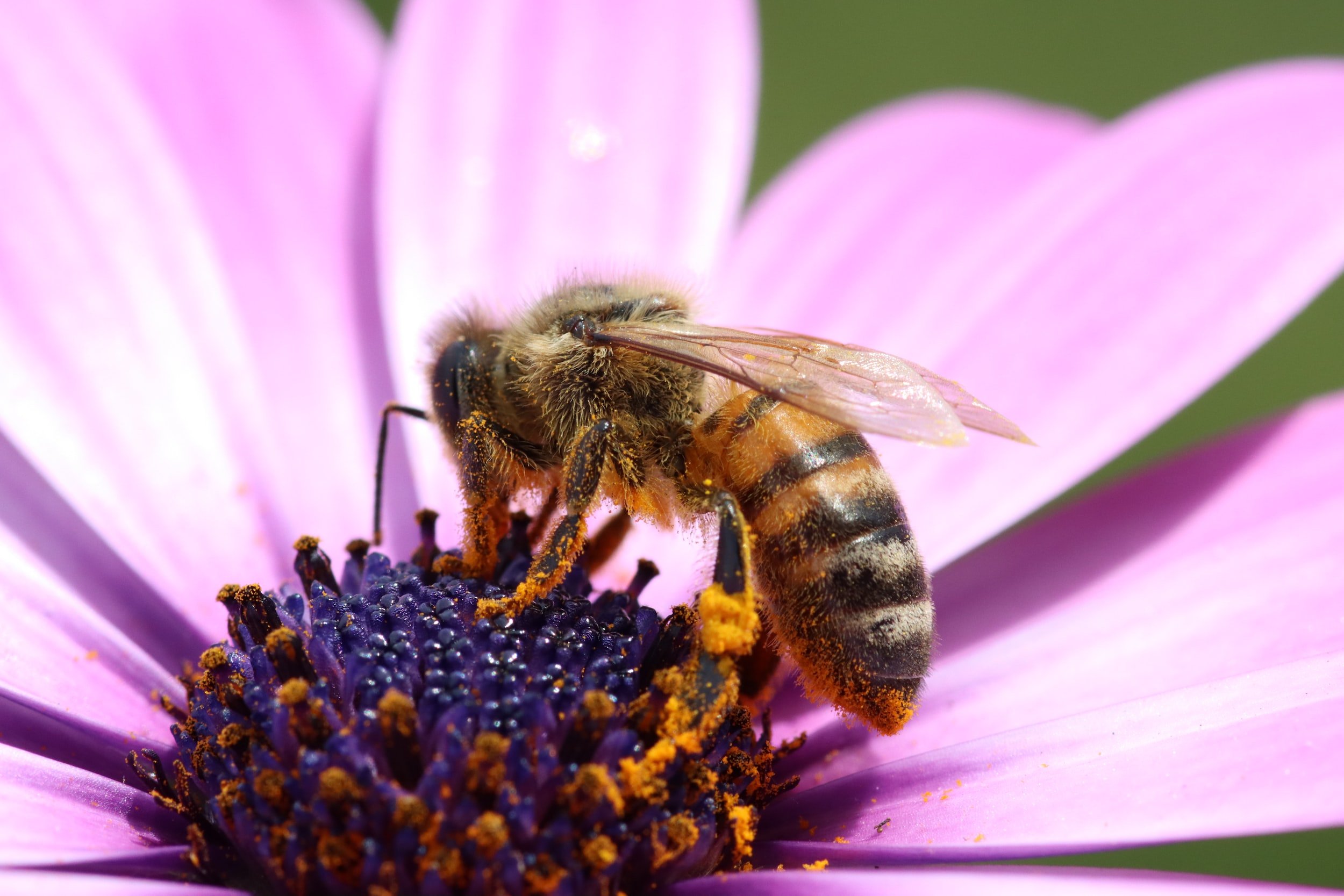
VANQUISH INVASIVE PLANTS
Invasive vines have become a relentless threat to the lush landscapes of Westchester, strangling our cherished trees and smothering our vibrant shrubs. This creeping menace not only disrupts the natural beauty of our surroundings but also jeopardizes the health of our local ecosystems.
Some of the very worst are porcelain berry, English ivy, oriental bittersweet, Chinese wisteria and others. Left unchecked they will smother and kill mature trees, destroying the very base of our native ecosystems and diminishing your property values. The first place to start battling these invaders is at home, in your own yard and there is no better time than now, late fall and winter.
So what’s the battle plan? Step one is to survey your yard and identify any trees with vines climbing on them. Some may have benign native vines such as Virginia creeper or poison ivy (don’t touch) but most will probably be invasives that you want to remove. When in doubt use a plant app to identify. The basic technique is to cut the vine as close to the ground as possible near the origin of the stems. Cut and pull smaller vines that are starting. If possible dig out some of the vine’s roots, mow around the base of the tree to keep it clear, checking periodically for vine regrowth. Vines hanging on the tree will dry and die so there is no need to pull them down, that can actually bring down branches in the process. Here is a detailed guide with photos listing local invasives and removal techniques, scroll through to locate various vines, our top priority. Ardsley Invasive Plants Guide.pdf Get your landscaper on board to help.
So this season as fall cleanup gets in full swing, let's focus on the real villains in our yards and stop trying to remove the good guys, every fallen leaf on our property. It turns out we’ve been putting our energy into the wrong place for years. Fallen leaves sustain a universe of wildlife, providing food and habitat for birds, pollinators, small mammals and amphibians. Without a layer of whole leaves these animals cant survive winter. Here is a wonderful Wild Kingdom article on fallen leaves and the hidden world that they support.
Did you know that leaves are the most important bio resource produced in our yards? Before the advent of commercial fertilizer trees lived on what existed in the soil plus nutrients derived from decomposing leaf litter. Leaves enrich soil as natural mulch, leave them in your garden beds, under shrubs and trees and on hillsides, this benefits your soil and wildlife.
Mulch mow leaves on the lawn, this adds nutrients to your soil and creates a healthy soil environment. For excess leaves make a simple leaf corral to create a compost pile that will enrich your spring garden and entertain the kids
Plant Native
Native plants sustain pollinators and birds at every stage of their lives. Did you know caterpillars can only eat the leaves of specific host plants? For example, Monarch caterpillars can only eat milkweed! Native plants also contribute to healthy soil and water quality. They require less water, less toxins, and will save you money.
Avoid pesticides
Pesticides, including herbicides, insecticides, and fungicides harm beneficial insects and our health. By refraining from using synthetic pesticides on your lawn and garden you can protect pollinators and your family.
Year-Round Habitat
Leave fallen leaves, plant stalks and branches in the peripheral areas of your yard and garden. Pollinators shelter here in winter and birds forage here for food. Baby birds can only eat caterpillars that often live in fallen leaves.










